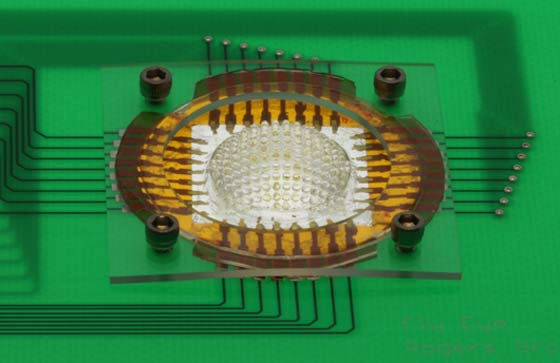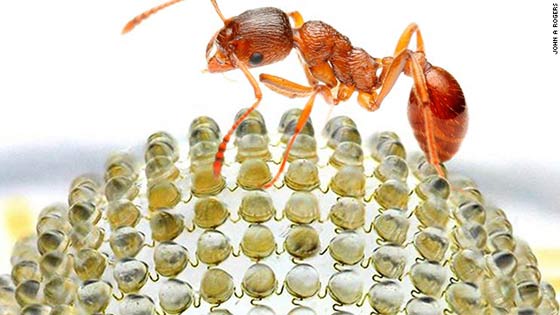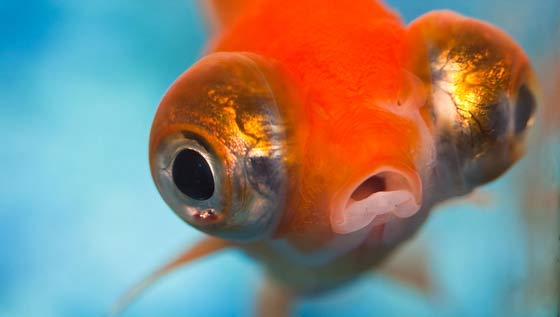Details of a new innovation in digital camera lenses have been published by a research team headed up by Prof. John Rogers of the University of Illinois. The new lens is based upon the type of compound eye you see in many insects but specifically fire ants and bark beetles. Cameras using this lens can capture a very wide 160 degree field of view with “low aberrations, high acuity to motion and an infinite depth of field”. The camera developed by the researchers sported 180 microlenses and each one captured a unique angle of the subject photographed.

What is the use of such a lens?
It may sound interesting to have an ant’s eye view of the world but what is the practical use of such a thing? There are clues in the opening paragraph, above, referring to the very wide angle view and infinite depth of field. An infinite depth of field means that everything in front of the lens will be in-focus, the image obtained will mainly be limited by sensor quality and resolution, available light and such things as air quality on the day of the photograph.
Talking to CNN News Prof. Rogers said “We feel that the insect world provides extremely impressive examples of engineering - in the vision, flight, power and sensing systems. I, personally, have been intrigued by the insect eye for as long as I can remember.” Turning to the specific topic of imaging systems he added; “Nature provides a remarkable diversity of ideas for designs in cameras. We think that it will be interesting to explore some of these, because in many cases, the concepts offer unique and powerful capabilities in imaging.”

Due to its specific special qualities the suggested uses of this compound eye camera lens are as follows: high-res surveillance cameras to capture an expansive scene, all of which will be in focus. Also it is foreseen that such a lens would be useful for medical exploratory tools such as endoscopy cameras.
This first example of an insect compound eye was created on a flat flexible silicon sheet, with the individual microlenses bonded to retain their relative specific arrangement, before being stretched into a hemisphere by pneumatic pressure. The fire ant’s eye was a relatively simple endeavour to put together with 180 constituent lenses. To attempt to replicate a dragonfly eye would require 28,000 lenses! After this initial success the research team will look into the unique properties of “not only insect eyes, but also ocular organs found in other creatures in nature”.














